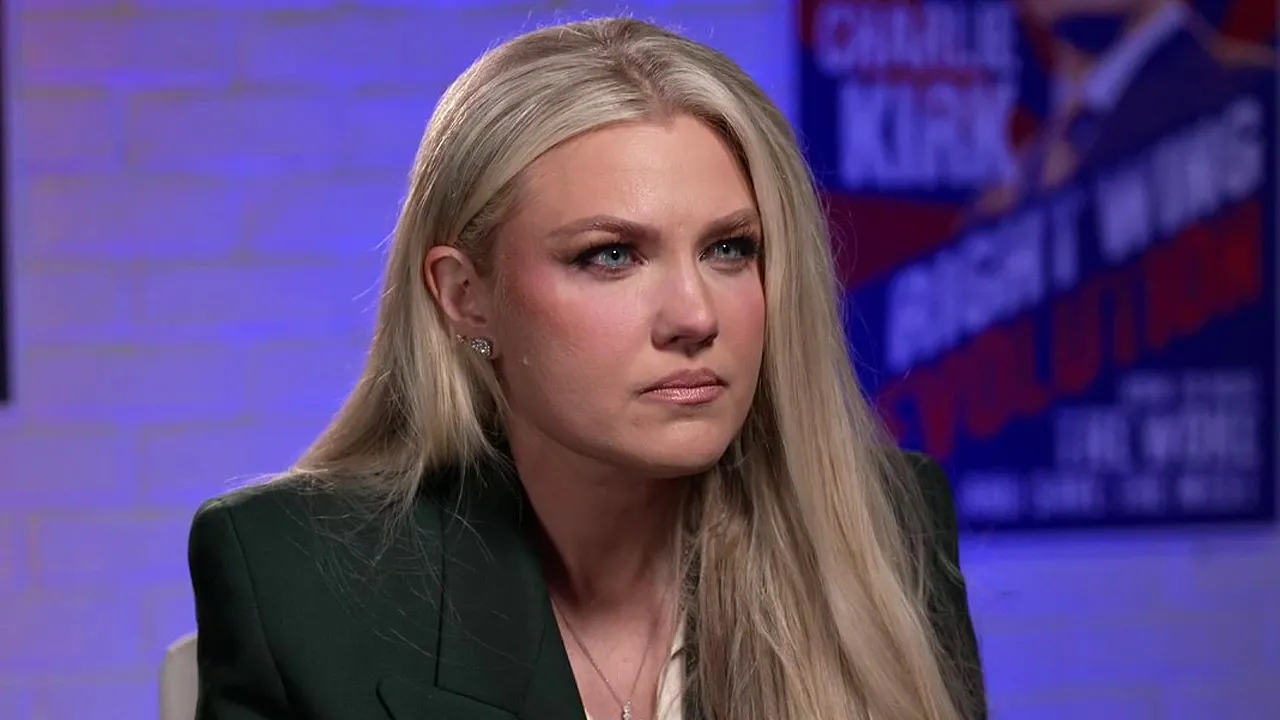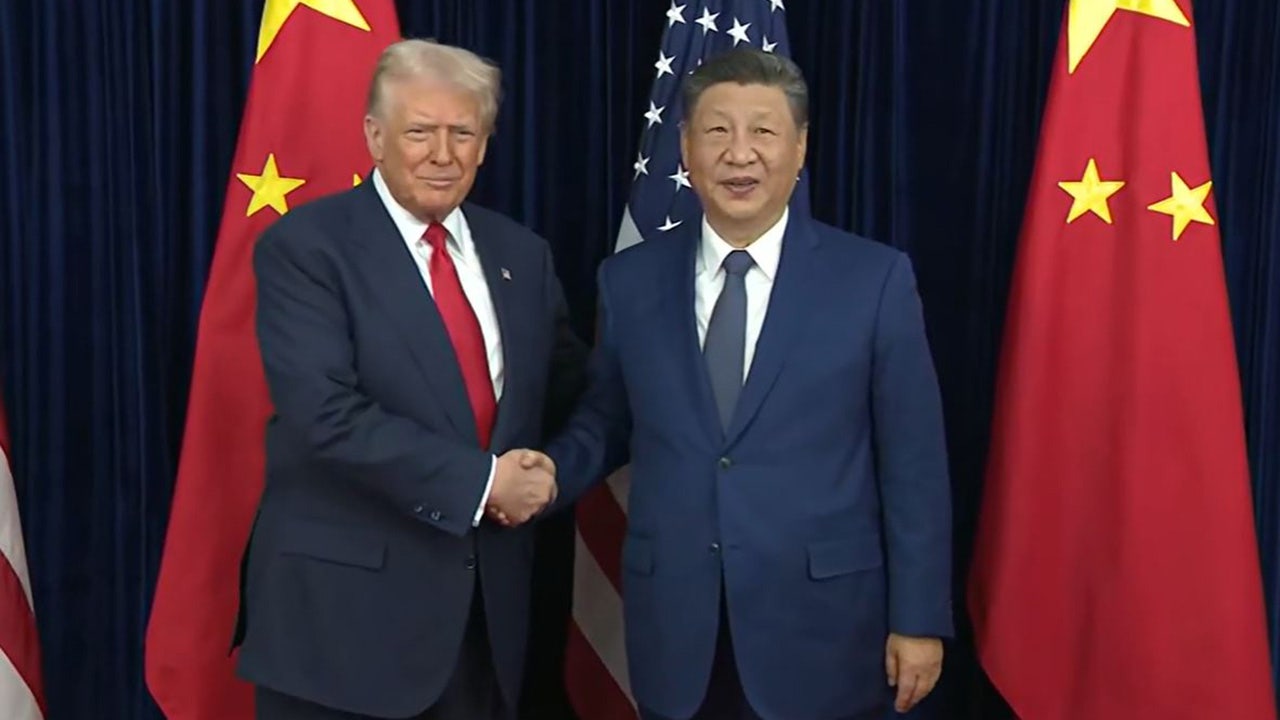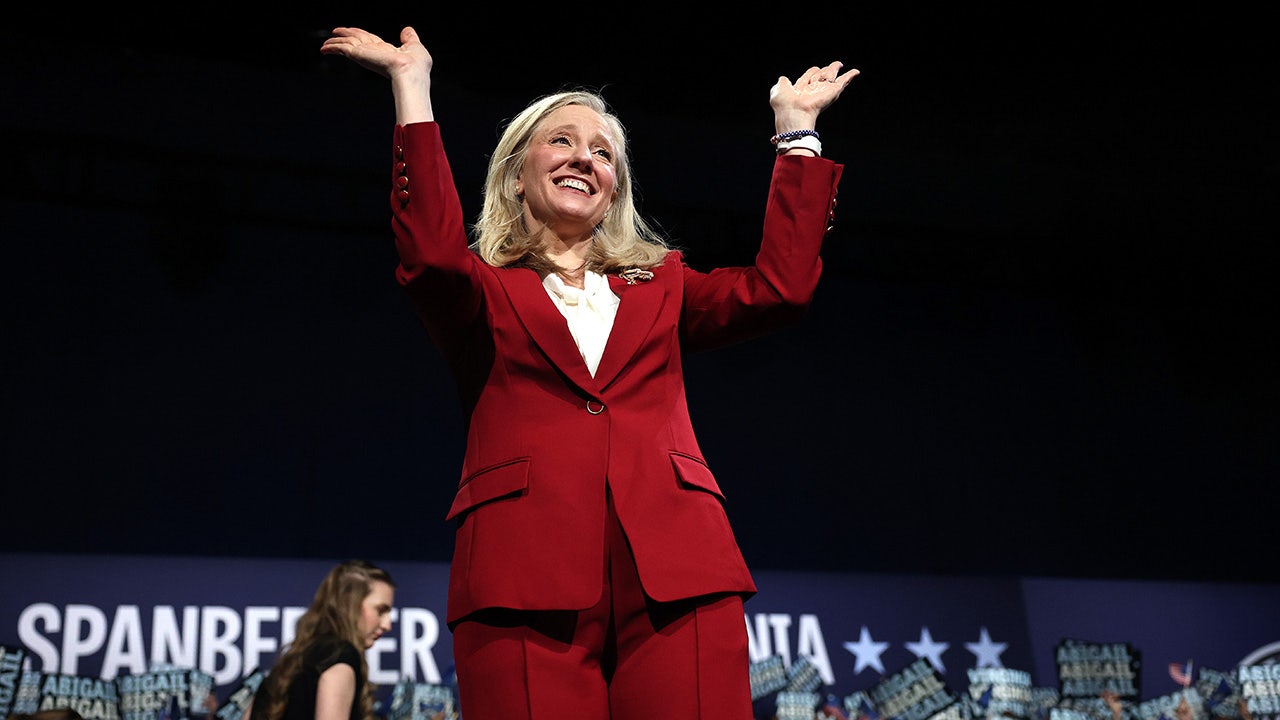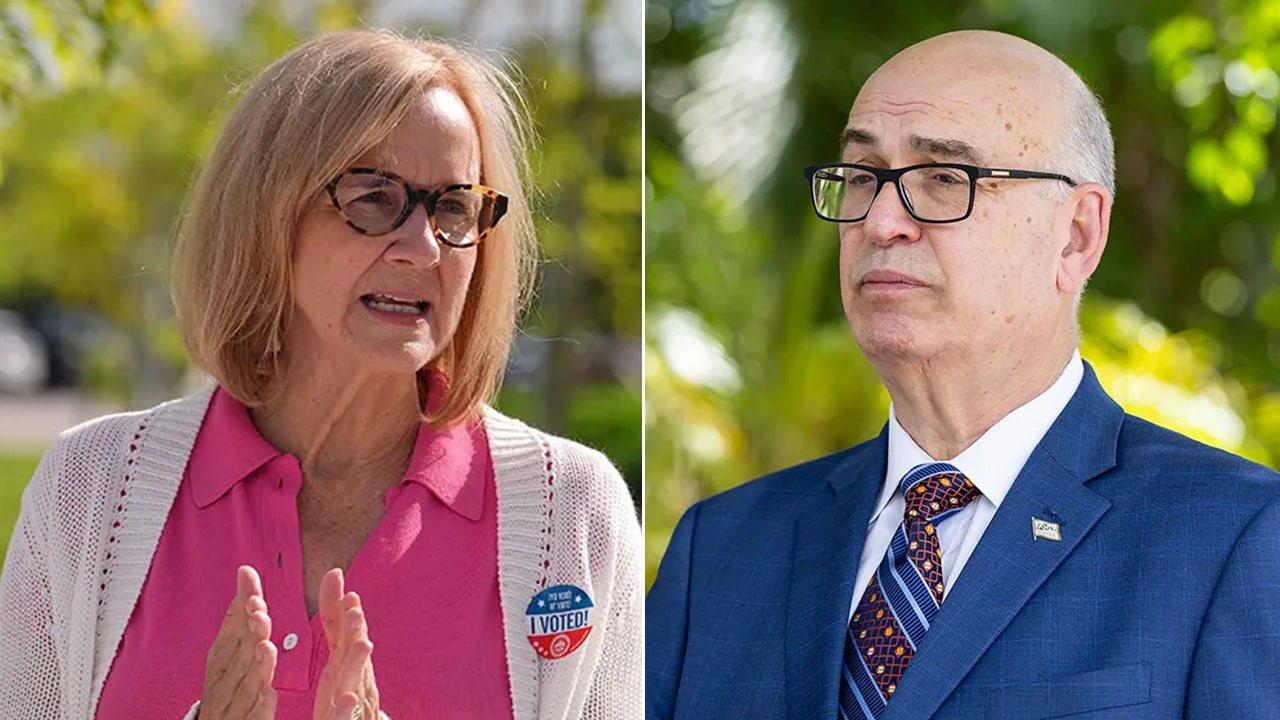The word reckoning has several definitions and, in many ways, David Zweig’s important book, An Abundance of Caution, which describes the decisions that led to the mass, sustained closure of American schools during the COVID pandemic, touches on several of them.
His methodical exploration of the many claims made by public health experts, elected officials, and media outlets is an example of one definition of a reckoning, as the process of calculating something—in this case, the sheer number of claims about safety and risk and their validity. His detailed narrative and timeline of events, from the first calls for school closures in 2019 to the chaotic year that followed, when many American children were denied in-person education, offers another: a “bill or account” of something.
Yet it is the more colloquial definition of “a reckoning”—the collective sense that someone must answer for something that was done to others—that best describes what Zweig has accomplished. The book is a detailed examination of public health models and policymaking, but at its core, it is the story of a serious injustice committed against American children.
A parent himself, Zweig captures well the experience of watching young children struggle with the new reality of being stuck at home staring at a computer screen all day once public schools went remote in the spring of 2020. “I felt a visceral sense of injustice, which brought a growing sadness to me that gave way to gnawing frustration,” he writes of his children’s experience in public schools in New York State.
Driven by a curious, skeptical, and delightfully contrarian nature, Zweig tries to determine if the evidence public health and school officials kept invoking to justify their decisions was accurate, especially given the fact that many European countries made dramatically different choices about keeping schools open with access to the same facts. Pouring over the studies and models, he realizes, “I wasn’t misunderstanding the data. The Europeans saw the same studies and evidence that I had seen, and they came to the same conclusion: Open the schools.” Why wasn’t this option given serious consideration in the United States? Why did the initial closures in the spring continue through the next school year?
The answers Zweig uncovers have implications far beyond education policy. “School policies emerge as a window into the larger conversation around COVID-19 and, broader still, a prism through which to approach fundamental questions about why and how individuals, bureaucracies, governments, and societies act as they do in times of crisis,” Zweig writes. More damning still, his book is “about a country ill-equipped to act sensibly under duress.”
I should acknowledge my own bias here: I was a public school parent in Washington, D.C., during the pandemic. COVID arrived in the spring of my children’s eighth grade year, and like many jurisdictions, their schools closed for the rest of the year. Unlike many jurisdictions, however, ours was among the last school systems to reopen. My sons had no access to daily in-person schooling for all but a few weeks of the following school year thanks to the reprehensible behavior of our city’s mayor, D.C. public school administrators, and D.C. public school teachers, most of whom are members of one of the major teachers’ unions.
In his book, Zweig mentions how some teachers “piled body bags and placed fake tombstones” outside school administration offices in D.C. to protest having to go back to classrooms to teach. Those were my sons’ teachers, and this childish stunt came after parents like me became reluctant activists, organizing and demanding answers from school officials about why schools remained closed for months on end. Teachers and school administrators frequently failed to show up to teach their online classes, grade students’ assignments, or respond to parents’ requests for information about students’ progress. The more outspoken parents among us were often kicked out of Zoom calls when we asked tough questions, or “accidentally” given incorrect meeting times or login credentials when such meetings were held. Meanwhile, teachers’ unions demanded and received preferential treatment for vaccination, ahead of high-risk groups like the elderly and the immunocompromised—and then still refused to teach in-person. The contempt many of us feel toward those teachers and administrators will never fade, and it is to Zweig’s great credit that he refuses to indulge in resentfulness or score-settling in his book.
Instead, Zweig explores the decision-making process and its many failures, most notably among public health “experts,” media outlets, and political leaders, as well as the influence of tribal partisan politics during the first Donald Trump administration. This last point is crucial for understanding our cultural memory of the pandemic because it challenges the comforting narrative many on the left still nurture. It is the story of “how many progressives, professedly representing the party of science, completely disregarded overwhelming evidence about the safety of schools from around the world, in significant part, as a reaction to Trump and Trumpism.”
One of the great services Zweig performs is establishing a timeline that follows actions and reactions among public health experts, public officials, and the media. This serves as an antidote to the spontaneous amnesia all three groups experienced once the pandemic ended, and they claimed they simply did the best they could with the available evidence. Zweig notes how the evidence “from China, then Italy, and then throughout Europe, was remarkably consistent: children were largely unaffected by COVID-19.” As well, “in regard to the risks they posed to teachers, children likely were less contagious than adults. This information was known even well before the March shutdowns.”
And yet, as the timing of officials’ decisions suggests, the evidence didn’t matter to policymakers. “[Gov. Mike] DeWine, [Gov. Andrew] Cuomo, and numerous other governors ordering school closings before shutting down many other aspects of society was, in many ways, the original sin,” he writes. “It wrongly implied that schools, and children in particular, were the primary source of transmission, and, despite whatever verbal assurances given to the contrary, implied that children were at great risk. The action of closing schools, and especially that they were first, spoke louder than words.”
There was plenty more sinning to come. Zweig goes into detail about the deficiencies of many of the most influential COVID forecasting models, which serves as a damning indictment of public health expertise. As Zweig notes, an analysis of the performance of the top two dozen models in the Proceedings of the National Academy of Sciences found, “three of the top four most accurate modelers were from outside the public health field,” and included a Canadian physicist, a team from a management consulting firm, and the owner of a software business. Many models embraced by policymakers and the media effectively were “garbage in, garbage out.”
He notes how the insularity of the expert class and its expectation of deference led to poor policymaking in the COVID era. American “experts” ignored the evidence on the ground in Europe (and later in states like Florida that reopened schools) in favor of fearmongering. He cites the example of deaths of children in New York from COVID and notes that of the very small number of children who did tragically die, most had underlying health conditions that contributed to their vulnerability to the virus. Yet, as Zweig writes, “when discussing COVID policies for children, American public health authorities and the media would almost entirely ignore this point for the duration of the pandemic.”
Instead, we had Anthony Fauci, director of the National Institute of Allergy and Infectious Diseases and the public face of the federal government’s COVID messaging, telling the public, “If it looks like you’re overreacting you’re probably doing the right thing.” Fauci later posed poolside in sunglasses on the cover of InStyle magazine and told a reporter, “With all due modesty, I think I’m pretty effective. … And I think everybody thinks I’m doing more than an outstanding job.”
The flawed models and fearmongering statements from experts were uncritically regurgitated by the media, and Zweig rigorously documents its “complicity in creating the juggernaut of misinformation” around schools and COVID. “Much of the prestige media, including, most damagingly, the New York Times, deliberately and repeatedly emphasized supposed dangers to children and, specifically, the role schools would play in potential harm to students and the community,” he notes. Zweig was one of the few exceptions. I can attest to the fact that a piece he wrote for Wired, “The Case for Reopening Schools,” was passed around like samizdat on many of the WhatsApp and text groups formed by parents.
Like the public health experts whose flawed models drove poor policymaking, journalists who indulged in scare tactics neither acknowledged their errors nor paid any professional price for making them. He points to Amanda Mull’s hyperbolic story in the Atlantic, “Georgia’s Experiment in Human Sacrifice,” as typical. Mull criticized (Republican) Governor Brian Kemp for reopening schools and other public places, claiming it would lead to increased deaths; when no such thing occurred, there was no correction or follow-up reporting.
Worse, the expert class, enabled by the media, “positioned anyone who questioned this policy [of an abundance of caution] as someone who didn’t value children’s safety. It set opposition as immoral.”
Nor was there any enthusiasm on the part of the dominant media for critical reporting on the hypocrisy of many in the expert and political class, although examples were plentiful: COVID response coordinator Deborah Birx scolded the public for failing to practice social distancing, telling Americans not to gather for Thanksgiving, then headed off to her vacation home with several generations of her family; California governor Gavin Newsom enjoyed a lavish private dinner at The French Laundry while other restaurants were forced to stay closed and also kept his four children in full-time, in-person private schools while insisting California public schools remain shuttered.
Some of this was elite privilege but some of it was also the downstream effects of political tribalism, as Zweig captures in the title of one of his chapters, “If Trump is for it, then we’re against it.” Once Trump tweeted that schools should reopen, “the notion of opening schools was now seen as explicitly part of Trump’s ‘open everything up’ campaign, and in the process became radioactive to many liberals and much of the intelligentsia.”
This went doubly so for the teachers’ unions, one of the largest financial supporters of the Democratic Party. As Zweig notes, “Randi Weingarten, the head of the American Federation of Teachers, said Trump’s ‘defiance of science has made it impossible to do what he wanted to do.’” The unions joined forces with the American Academy of Pediatrics, which reversed its position on reopening schools via “a joint statement from the AAP with the American Federation of Teachers and the National Education Association, the largest teachers unions in the country.”
Virtue signaling and tribal loyalty replaced objective scientific analysis and evidence-based policymaking. Zweig notes, correctly, that “the marketing of morality was the connective tissue between the public health establishment’s positions, the media’s representation of these positions, and much of the public’s internalization of just action.” Subjective and often politically motivated values “were presented to the public as objective science,” with terrible consequences for children. When the precautionary principle runs amok, people suffer.
Have we learned any lessons from our COVID experience?
Institutionally, the public health establishment and teachers’ unions, along with dominant media, remain convinced of their own moral rectitude during the pandemic. Weingarten still heads the teachers’ union, Fauci was treated as a folk hero right up to his retirement (and blanket pardon from President Biden), and former New York governor Andrew Cuomo is launching a comeback for mayor of New York City.
All these officials and our public health and media institutions more broadly should be forced to read and reread Zweig’s crucial observation: “Believing in the effect of interventions—and imposing them on the citizenry—without scientific validation meant we were following a model of public health that was faith-based, as opposed to evidence-based.” As well, Zweig observes, correctly, that the problem wasn’t entirely partisanship or “fog-of-war” decision making, or even the malevolence of the teachers’ unions. It’s about information: “how it is presented to the public, and who is afforded a platform to present it.”
Zweig more than fulfills his obligation to readers to explain the many decisions—some misguided, some ignorant, some morally obtuse—that together led to disastrously harmful policies for children. His book is a powerful and necessary effort to untangle the many misleading narratives and outright disinformation about the pandemic that have too quickly become conventional wisdom among America’s media and expert class. “The single most important myth that this book seeks to debunk is the notion that various interventions—most specifically related to schools and kids—were reasonable or even necessary to be employed because ‘we didn’t know’ at the time about their lack of benefit, or the relatively benign course for children from the virus,” he writes. Zweig might not have intended his book to serve as a reckoning, but in its methodical and damning indictment of COVID-era policymaking, it hopefully signals the beginning of one.
An Abundance of Caution: American Schools, the Virus, and a Story of Bad Decisions
by David Zweig
MIT Press, 446 pp., $39.95
Christine Rosen is a senior fellow at the American Enterprise Institute. Her most recent book is The Extinction of Experience: Being Human in a Disembodied World (Norton 2024).
Read the full article here






